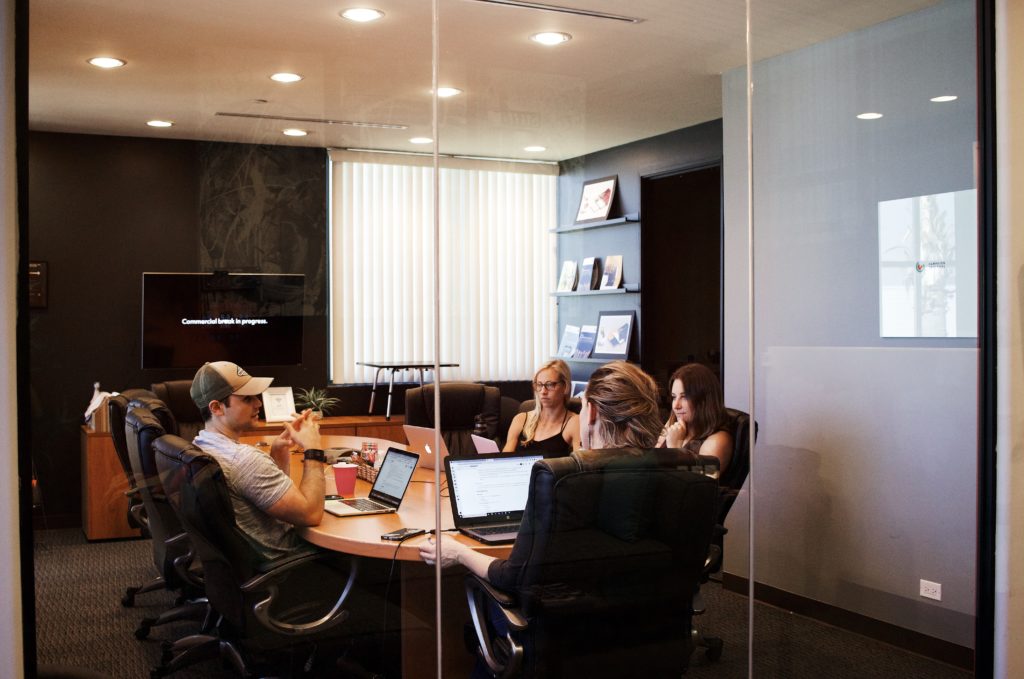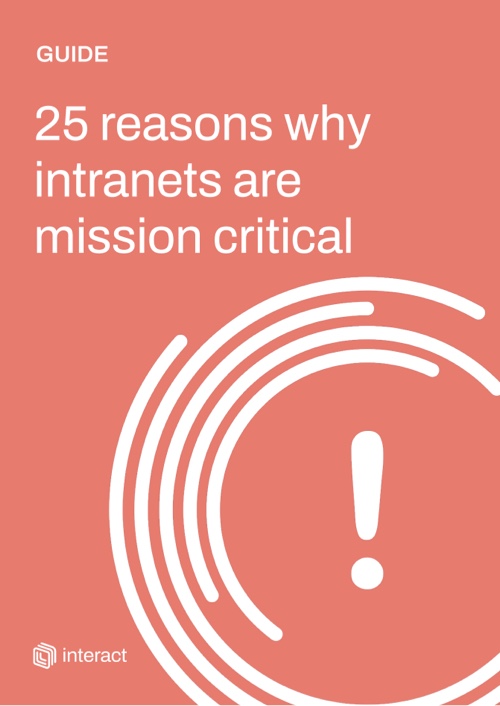12 employee recognition ideas to try in your workplace

With over 65 percent of employees reporting that they don’t feel recognized at work, it’s clear that acknowledging great deeds and behaviors is a must, not a should. Here, we explore some employee recognition ideas that might inspire you to motivate your organization.
For anyone who has the slightest experience in people management will know, recognizing employees for good work or behavior has an incredible effect on morale and culture. Acknowledging an action, effort, or a result that aligns with the organization’s goals and values has myriad benefits (see also, peer-to-peer recognition). From increasing employee satisfaction to boosting productivity, a lot can be achieved through the simple acts of acknowledging and appreciating individuals within your organization.
“What really matters in the workplace is helping employees feel appreciated.”
Dr. Ashley Williams, Harvard Business School
If you’re thinking of introducing an employee recognition program (ERP) into your business, you need a strategy. Where do you begin? How do you find out what is most effective for your employees? Will it even work?
An ERP might be the number one employee experience element that you are missing out on. Recognizing your employees is an incredibly valuable way to highlight good work, excellent service, exceptional behavior. It both encourages staff and acts as guidance for ideal practice.
23 ways your workplace can use a mission-critical intranet to achieve its objectives
Why do so many managers avoid giving praise?

Praise can have a significant impact on the workforce, sending a powerful message to not only the individual being recognized, but to the organization as a whole. But employee recognition is not practiced everywhere, despite it being part of successful employee benefits packages. As many people will testify, there are plenty of workplaces that exist where employee recognition is not part of the culture. Why is this?
In many situations, recognition is not being given because managers and leaders are not being open to opportunities of spotting next-level deeds and behaviors. By coaching and training senior level to recognize staff, they are more able to identify essential contributions in the workplace.
Another reason is many managers don’t know the best way to carry out employee recognition. There is still the underlying presumption that the most successful incentives are monetary. However, the most effective programs of this nature can be completely cost-free for the company. The cost-benefit analysis makes an ERP too good an opportunity to miss out on.
What are the benefits of an employee recognition program?

We’ve explored how, despite its impact, an ERP doesn’t need to be expensive. So, what are the advantages? According to independent research, there is a whole host of employment recognition benefits which include
- Increased productivity: praise your people on their work, and what do they do? They try to replicate that success – this is how behavioral psychology works. Recognizing great work increases the chances of it being repeated.
- Enhanced employee satisfaction and happiness: recognition allows the individual to realize their achievements and celebrate their hard work, giving them purpose and confidence.
- Higher scores in pulse surveys: studies have shown that those companies who have an ERP and who carry out pulse surveys receive higher ratings in loyalty and satisfaction scores.
- Provides direct feedback: providing recognition not only highlights good work to the individual but also allows the team to follow by example.
- Boosts teamwork: With an improved understanding of what constitutes greatness, teams can create a better-shared vision of objectives and work together better as a result.
- Higher retention of talent: Recognizing the excellent work of individual employees increases their willingness to stay at the organization and reduces staff turnover of quality workers.
- Saves money: Losing a highly skilled member of staff can cost around £30,000. So, it makes sense that looking after these individuals with things like employee recognition programs will see a decrease in recruitment costs
23 ways your workplace can use a mission-critical intranet to achieve its objectives
How do you create an employee recognition program for your company?
While most organizations have achieved success through trial and error, we turn to data from Gallup when it comes to working out how to make an effective employee recognition program (ERP).
In their findings, Gallup revealed that the best ERPs are those that are honest, authentic, and individualized to each employee. In a poll they carried out with employees in various businesses, the most memorable recognition came from the employee’s manager (28%), followed by a senior-level leader or CEO at 24%.
“51% of workers were satisfied with the recognition they received after a job well done.”
Sirota Consulting
Creating an ERP for your organization should require shaping something that fits in with how your employees work. As highlighted in the Gallup data, people want their employee recognition to fit their particular way of working. So, a desk-based job will run a program through their intranet, for example, and will align it with their company values. For those workers not connected with a computer throughout the day, for instance, someone on a shop floor, a mobile-based program could provide a valuable solution.
When you are setting up or adjusting your company’s employee recognition program, it is recommended that you base its foundation on the needs and wants of your workforce. Include questions on employee recognition in your pulse and annual surveys. Not only can this act as a case to present to stakeholders, but it also helps you design a program that will work for your workforce.
Different types of employee recognition

So, what makes the most memorable recognition programs for an employee? According to the data from Gallup, the most favored types of recognition are in order, as follows:
- Public recognition
- Private attention
- Promotion
- Financial reward
Contrary to popular opinion, financial recognition is not a leading motivator for employees. Individuals are more inclined to feel a far greater sense of achievement when they have been recognized publicly by way of announcement or award.
Second, in terms of preference, is special recognition, a simple thank you or well done verbally or via email. Despite its simplicity, this has proven to be massively impactful on employees. Towards the bottom is financial incentive by way of a promotion or a reward. Realizing this gives many companies a new scope on how they can develop a recognition program without having to worry about any associated price tag. For most people, meaningful recognition has no dollar value.
Here are some very low-cost ways of saying a big well done to those people who deserve it.
Employee recognition ideas to celebrate your employees

Finding the right way of recognizing your employees can depend on the type of organization and the individual you want to celebrate. Whether they prefer public adulation or private acknowledgment, here are some great employee recognition ideas to try out.
Public employee recognition ideas
A wall of fame: It’s a classic, and for a good reason. Creating a wall of fame to hang up in a public area encourages people to celebrate an individual’s success, as well as act as a way of staff to get to know names and faces.
Values-led awards: Either monthly or quarterly, these awards can be organized by senior level to select an employee whose work has aligned with the organization’s company values.
More than 35% of the employees consider lack of recognition as the biggest hindrance to their productivity.
TJ insite
Go public: Some achievements are worth going public about, and a well-written press release is a perfect way to show off your worker’s accomplishments to the world.
Surprise celebration: Decorating the employee’s desk and buying a cake is a low-cost and easy way to identify the employee’s accomplishments and a fun way to bring your department together.
23 ways your workplace can use a mission-critical intranet to achieve its objectives
Thank you meeting: Organize a specific meeting or blend it in with one of your weekly/monthly departmental meetings and put some time aside to announce your employee’s achievement and celebrate it as a group.
Social announcement: Sharing your staff’s successes on social media is an excellent way of highlighting great behavior. This kind of announcement acts as a great way of celebrating achievements and is good PR for your organization.
Private employee recognition ideas
In some situations, the best form of recognition is done on a one-to-one basis. Depending on the individual, this may be the preferred way of doing things.
Send an email: As simple as it sounds, a meaningfully written email can provide enormous encouragement and confidence to an individual. Sent from the manager or even the CEO, a personal message highlighting the employee’s achievements can be a powerful thing.
Lunch date: Take your employees out for lunch is another way to recognize their work in a private manner. A break from the office and some good food is a meaningful way to congratulate them on a job well done.
Have a one-to-one: Having a face-to-face meeting with the employee is a chance to congratulate your employee in person. It also allows them to talk about their ambitions and aspirations within your organization.
Say thanks: While a sincere ‘well done’ from their line manager will be remembered by the employee, nothing hits home more than the CEO, or another senior-level figure, making a beeline to congratulate the person on their accomplishments.
50% of employees would stay in their workplace if they were tangibly recognized.
Career Builder
Make a video: If the CEO or senior leader is not able to speak to the employee in person, filming a congratulatory video is a quick and easy way to connect with the person in question.
A home delivery: Anything from a postcard to a bunch of flowers can make an incredible impact on a worker. A gift delivery is always a special thing to come home to and will be well received by the individual.
Above all, it’s essential to listen to your workforce and find out what your workforce would like when it comes to recognition. Put it out to the people – how would they want to be recognized? Ask the question via a suggestion box, or through the use of pulse surveys to find out what would make the ideal program for them.
Three quick rules on employee recognition

While employee recognition is a critical feature of people management, it’s vital that three things must be observed. Employee recognition must be:
Consistent: When you’re implementing an employee recognition program, it’s important to make sure that it’s carried out on a regular, consistent basis. As a manager, you should act on exemplary behavior or good deeds in and around your department.
Specific: There is no real value in a cursory ‘well done.’ Make sure the recognition is specific to the work done. Any congratulations, whether verbal or written, should be personalized to the employee.
65% of employees haven’t received any form of recognition for good work in the last year!
Gallup
Immediate: Don’t wait around to heap praise – employee recognition is most effective straight after the achievement. A time-lapse between deed and reward loses impact and makes it look like an afterthought.
The extended benefits of employee recognition
The benefits of employee recognition go beyond the individual. Not only does it provide the employee with a sense of achievement and satisfaction, but its benefits also extend to team members and other employees. Highlighting great performances acts as a compass that employees can use to navigate their way to effective teamwork where everyone has a goal, accountability, and a collective purpose.
And while it’s difficult to measure the impact on profitability, cheering on your workers and making them feel good can only have a knock-on effect on your customers. After all, happy employees mean happy customers, and when your workforce feels recognized and acknowledged it inevitably comes out in their day-to-day dealings with those who come into contact with your organization.

